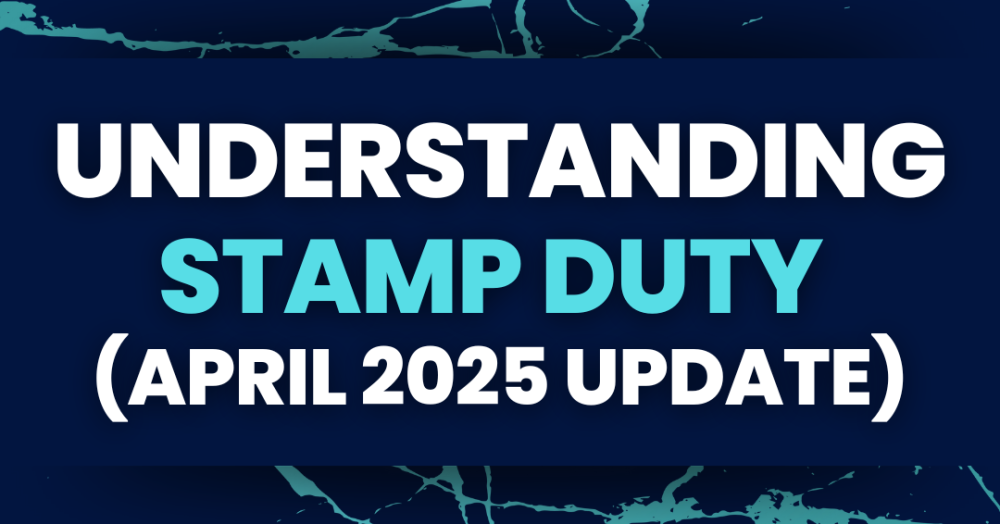If you're planning to buy a property in England or Northern Ireland, it's crucial to understand the recent changes to Stamp Duty Land Tax (SDLT) that took effect in April 2025. These adjustments could significantly impact your budget and purchasing decisions.
🏡 What Is Stamp Duty?
Stamp Duty Land Tax is a government-imposed tax payable when you buy a property or land over a certain price threshold in England and Northern Ireland. The exact amount you owe is determined by the property's purchase price and your status as a buyer, whether you are a first-time buyer, moving home, or purchasing an additional property. SDLT is an important cost to factor into your total moving expenses, as it can significantly affect your overall budget.
📉 Key Changes Effective from 1 April 2025
The temporary SDLT relief measures, which had increased the 0% threshold and provided financial breathing space for many buyers, expired on 31 March 2025. As of 1 April 2025, the SDLT thresholds and rates have reverted to their earlier structure. The rates are now:
Standard Residential Rates:
- Up to £125,000: 0%
- £125,001 to £250,000: 2%
- £250,001 to £925,000: 5%
- £925,001 to £1.5 million: 10%
- Above £1.5 million: 12%
First-Time Buyer Relief:
- No SDLT on properties up to £300,000.
- 5% SDLT on the portion from £300,001 to £500,000.
- No relief if the purchase price exceeds £500,000.
Additional Property Surcharge:
- Buyers acquiring a second home or buy-to-let property must pay an additional 3% on top of standard rates.
These revisions mean that for many buyers, especially those purchasing higher-value properties or second homes, SDLT will form a significant part of their purchasing costs.
💡 Example Calculation
Suppose you are a first-time buyer purchasing a property priced at £400,000:
- 0% SDLT on the first £300,000 = £0
- 5% SDLT on the next £100,000 = £5,000
Total SDLT due: £5,000
Previously, under the temporary relief measures, you may have benefitted from a lower threshold and paid less tax or potentially no tax at all. It's important to recalibrate your financial planning according to the reinstated rates.
⏰ When Is SDLT Due?
Stamp Duty must be paid within 14 days of the date of completion of your property purchase. Although your solicitor or conveyancer usually handles the filing and payment on your behalf, it is legally your responsibility to ensure that the payment is made on time. Failure to pay within the deadline can result in penalties and interest charges, so it's crucial to stay organised and double-check that the payment has been processed.
📝 Planning Tips
Budget Accordingly: When calculating how much you can afford to spend on your new home, include SDLT in your budget from the outset to avoid unpleasant surprises.
Check Eligibility: If you are a first-time buyer, make sure you understand whether you qualify for relief and how much you stand to save.
Seek Professional Advice: Engaging a mortgage broker, financial adviser, or solicitor early in your purchasing process can help clarify your SDLT obligations and integrate them into your financial planning.
Use Online Calculators: Online tools such as the HMRC SDLT calculator can provide a quick estimate of how much tax you will owe, enabling more accurate financial preparation.
Final Thoughts
The reversion of SDLT thresholds and rates to their pre-2022 levels marks an important shift for anyone buying property in 2025 and beyond. Buyers must now account for higher tax liabilities, particularly when purchasing properties above the basic thresholds. Staying informed, seeking expert advice, and budgeting appropriately will allow you to move forward with confidence. This is why working with a reputable estate agent can make all the difference. Looking to buy your dream house? Let us help!
Call us on 0121 681 6327.

